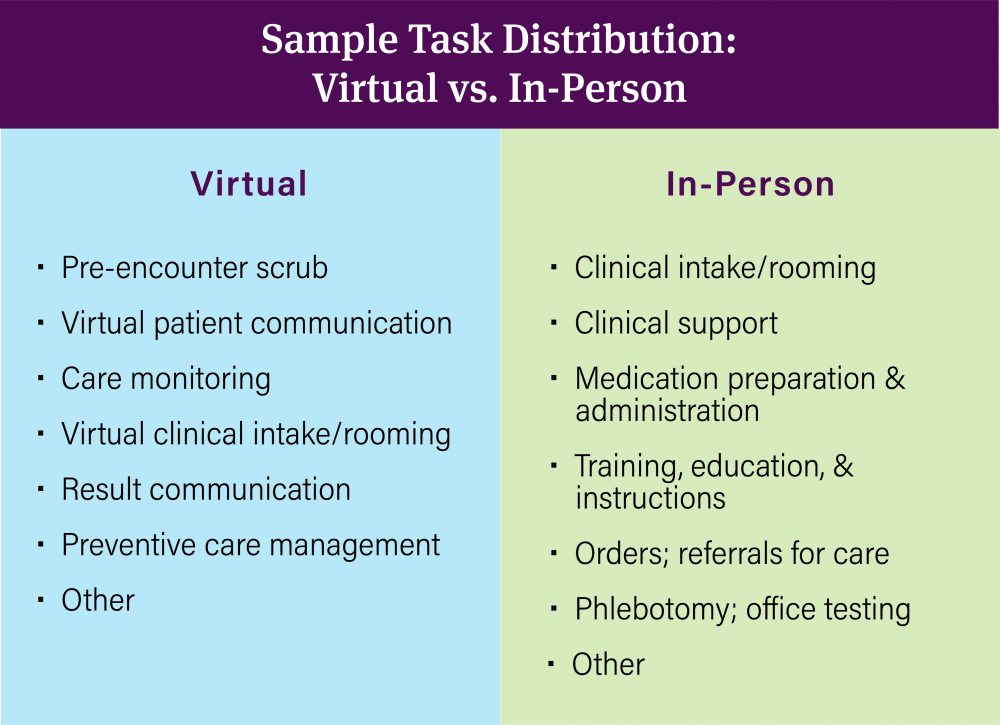Open the (Digital) Door
It will be many years before we determine the long-lasting impacts of the pandemic on medical practices, but there is one effect that is already crystal clear – patients’ expectations for a digital front door to their physicians. The migration to a digital interface for your patients need not be frightening, as it can be accomplished without significant investment. There are third party vendors that can handle the function for you, for a price. Alternatively, you can set up a basic interface to allow your patients to request an appointment online, but then manually process it on the back end by keying it into your scheduling system. To your patients, this looks like a digital front door, but it can easily be merged into your current workflow. Of course, there are advanced options as well, with many vendors ready to serve the market. To get a sense of the options, reach out to your EHR vendor to seek their advice – or do a quick Web search using key words like “patient self-scheduling.”
As technology evolves, it’s important to recognize that you’re not going to hear patients asking for this function – it’s an expectation. When you log onto Amazon to order a product or when you do an online search for a restaurant your friend told you about, and you can’t find what you’re looking for, you don’t report your frustration – you just move on to the next option. That’s exactly what’s happening in health care right now; by making a small investment in some digital entry points for your patients, you can make sure they have the access they expect. Plus, you’ll enjoy some direct benefits – opening a digital front door results in fewer incoming phone calls and more patient arrivals (as self-scheduling is associated with a reduction in no-shows).
Virtual Care Assistant
If you determine that virtual care will be a permanent component of your medical practice, it’s essential to have the resources to execute the workflow effectively. This includes a staff member(s) who can support the effort. Preparing for virtual visits, conducting patient outreach, providing support during care transitions, interpreting test data from mobile health devices, and other related tasks expands the work scope of traditional staffing models. Although some practices have attempted to assign current staff the additional responsibilities of remote care, others have created a staffing model that is separate and distinct from the traditional face-to-face visit, with one person (or team) dedicated to remote care and another to in-person care. (See the sample Task Distribution guide below.) The virtual care assistant may be a permanent position – or may be rotated between medical assistants. The latter is a terrific way to boost staff morale as the role can be performed from home.
Regardless of how the responsibilities are structured, the key is to ensure that there is a proactive approach to understanding what tasks are involved with virtual care – and who’s going to do them. Otherwise, the virtual care tasks get swept aside as the in-person care is prioritized. This leads to challenges that may have implications for patient quality and safety. Take the opportunity now to define and design a virtual care assistant.

The contents of The Sentinel are intended for educational/informational purposes only and do not constitute legal advice. Policyholders are urged to consult with their personal attorney for legal advice, as specific legal requirements may vary from state to state and/or change over time.